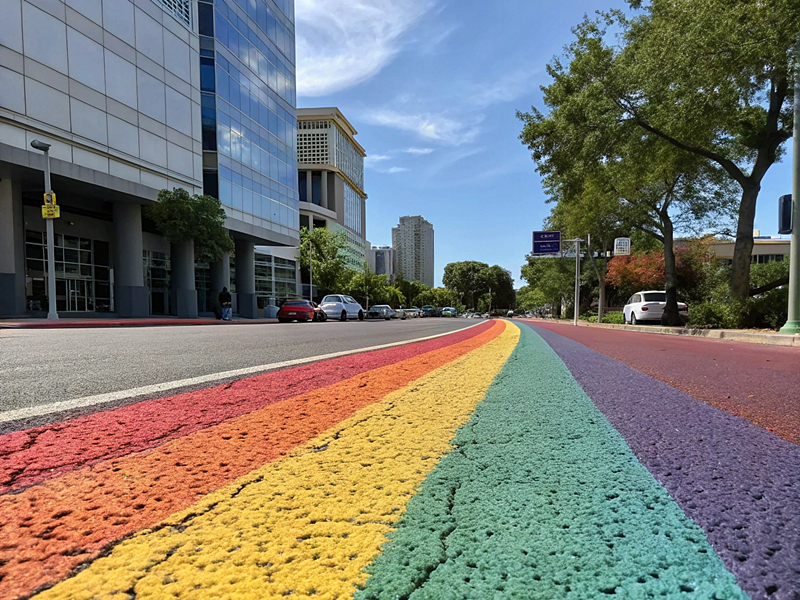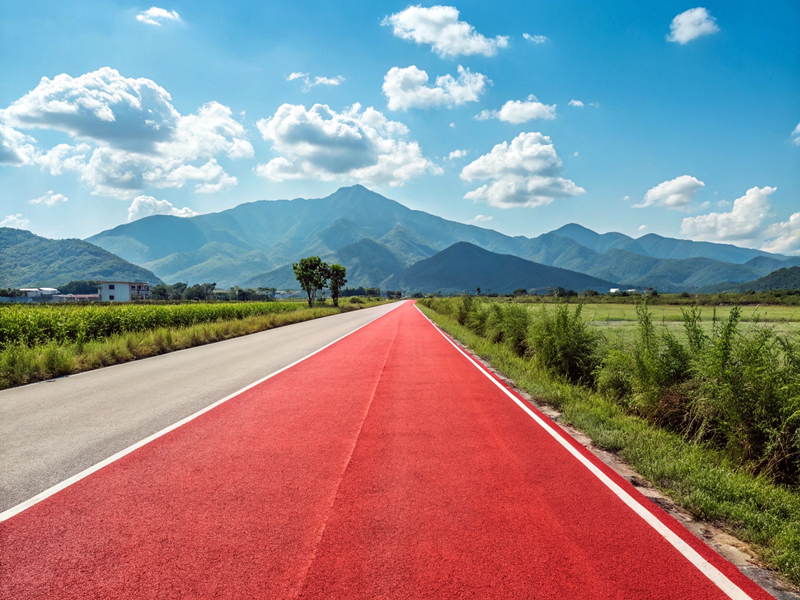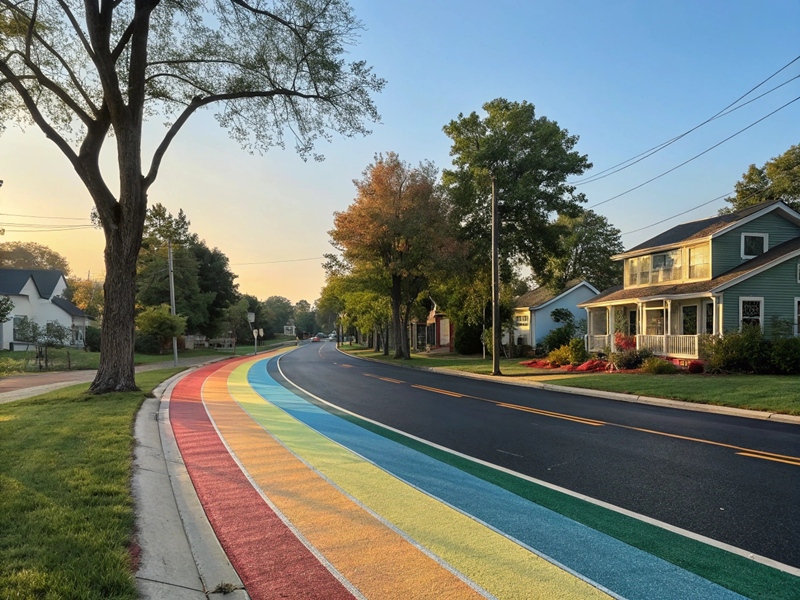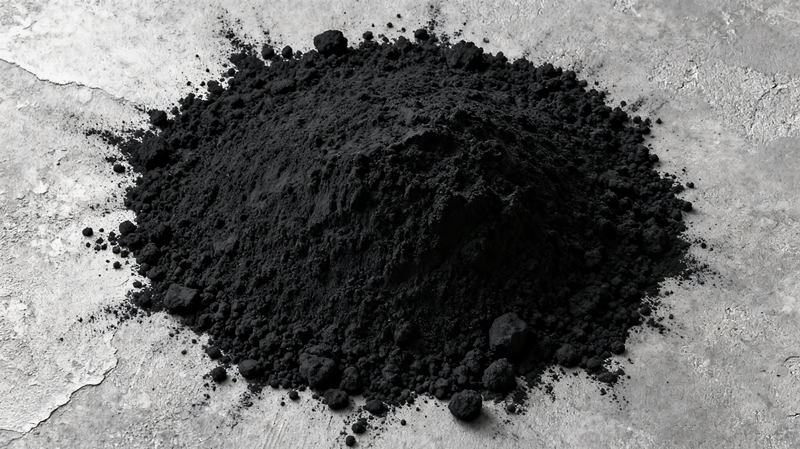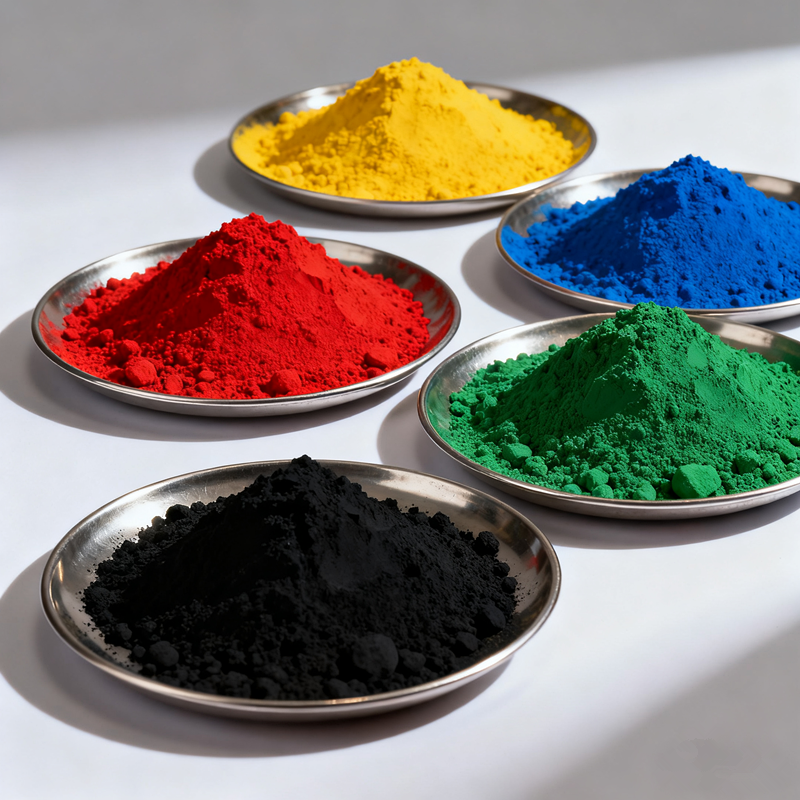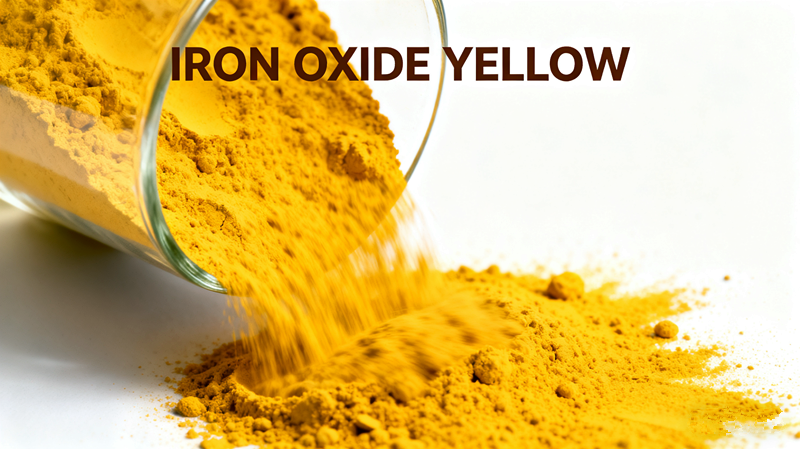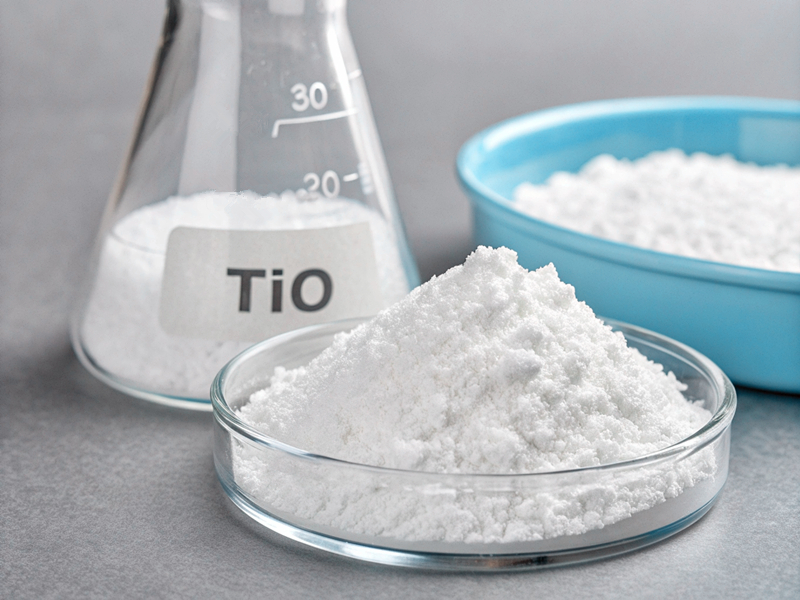Asphalt roads are usually black, but adding color can enhance visibility, aesthetics, and functionality. Many cities now use colored asphalt1 for bike lanes, bus lanes, and pedestrian areas.
Colored asphalt is created by mixing pigments with asphalt binders or applying a colored coating. This enhances the durability and visibility of roads while maintaining their strength.
If you're considering painting an asphalt surface, understanding the coloring process and benefits is essential. Let’s dive into the details.
What is colored asphalt?
Colored asphalt is becoming more popular in urban infrastructure. Traditional asphalt is black due to the presence of bitumen, but adding color pigments changes its appearance.
Colored asphalt is a modified form of asphalt that includes iron oxide pigments2 or synthetic resins to achieve long-lasting color effects. It is used in road markings, cycle lanes, and decorative pavements.
How is colored asphalt made?
There are two primary ways to create colored asphalt:
-
Mixing pigments into asphalt
- Iron oxide pigments are commonly used for red, yellow, and brown shades.
- Chromium oxide is used for green shades.
- Titanium dioxide is added to lighten colors.
-
Applying a colored coating on top of existing asphalt
- A special resin-based or waterborne coating is sprayed or rolled onto the surface.
- This method is faster but may require reapplication over time.
Advantages of colored asphalt
| Feature | Pigmented Asphalt | Surface Coating |
|---|---|---|
| Durability | High | Medium |
| Application Time | Longer | Faster |
| Maintenance | Low | High |
| Cost | Higher | Lower |
Colored asphalt coloring steps
Adding color to asphalt requires proper preparation and the right materials. Whether using pigments or coatings, following the correct steps ensures durability.
The asphalt coloring process3 involves surface cleaning, pigment mixing, heating, and application. Proper sealing enhances color longevity and weather resistance.
Step-by-step process
-
Surface Preparation
- Clean the asphalt to remove dust, oil, and debris.
- Repair cracks or potholes before applying color.
-
Pigment Mixing (for new asphalt)
- Mix iron oxide pigment directly into the asphalt binder.
- Ensure even distribution to achieve consistent color.
-
Heating and Application
- Heat the asphalt mixture to the required temperature.
- Apply it evenly using paving machines or rollers.
-
Coating Application (for existing asphalt)
- Choose a high-quality resin or waterborne coating.
- Use spray, roller, or brush application methods.
-
Curing and Sealing
- Allow the asphalt to cure for at least 24 hours.
- Apply a sealant for additional protection against UV rays and traffic wear.
Why choose colored asphalt?
Many urban planners and construction companies prefer colored asphalt4 due to its durability and aesthetic benefits.
Colored asphalt improves visibility, enhances safety, and adds a decorative touch to roads, sidewalks, and public spaces. It also helps in reducing heat absorption compared to traditional black asphalt.
Key Benefits of Colored Asphalt
-
Enhanced Safety
- Red bus lanes and green bike paths increase road user awareness.
- High-contrast colors improve visibility at night.
-
Aesthetic Appeal
- Cities can create visually attractive roads and pathways.
- Colors can match specific themes or urban planning designs.
-
Heat Reduction
- Light-colored asphalt absorbs less heat, reducing urban heat islands.
-
Durability
- Pigmented asphalt maintains color longer than surface coatings.
-
Eco-Friendly Options
- Some coatings are made with water-based, non-toxic materials.
Conclusion
Colored asphalt is an excellent choice for modern road construction, offering both functional and aesthetic advantages. Whether used for safety markings, bike lanes, or decorative purposes, colored asphalt provides a long-lasting solution. While surface coatings offer quick results, integrating pigments into the asphalt mix ensures durability. Investing in high-quality pigments and proper application methods will ensure a visually appealing and long-lasting finish.
If you are planning a road project and considering using colored asphalt to improve safety and design, XT pigment is a good choice.
-
Explore how colored asphalt improves safety and aesthetics in urban environments, making roads more functional and visually appealing. ↩
-
Learn how iron oxide pigments enhance the longevity and performance of colored asphalt surfaces. ↩
-
Understanding the asphalt coloring process is crucial for achieving durable and vibrant results. Explore this link for detailed insights. ↩
-
Explore the advantages of colored asphalt, including its durability and aesthetic appeal, which can enhance urban environments. ↩


